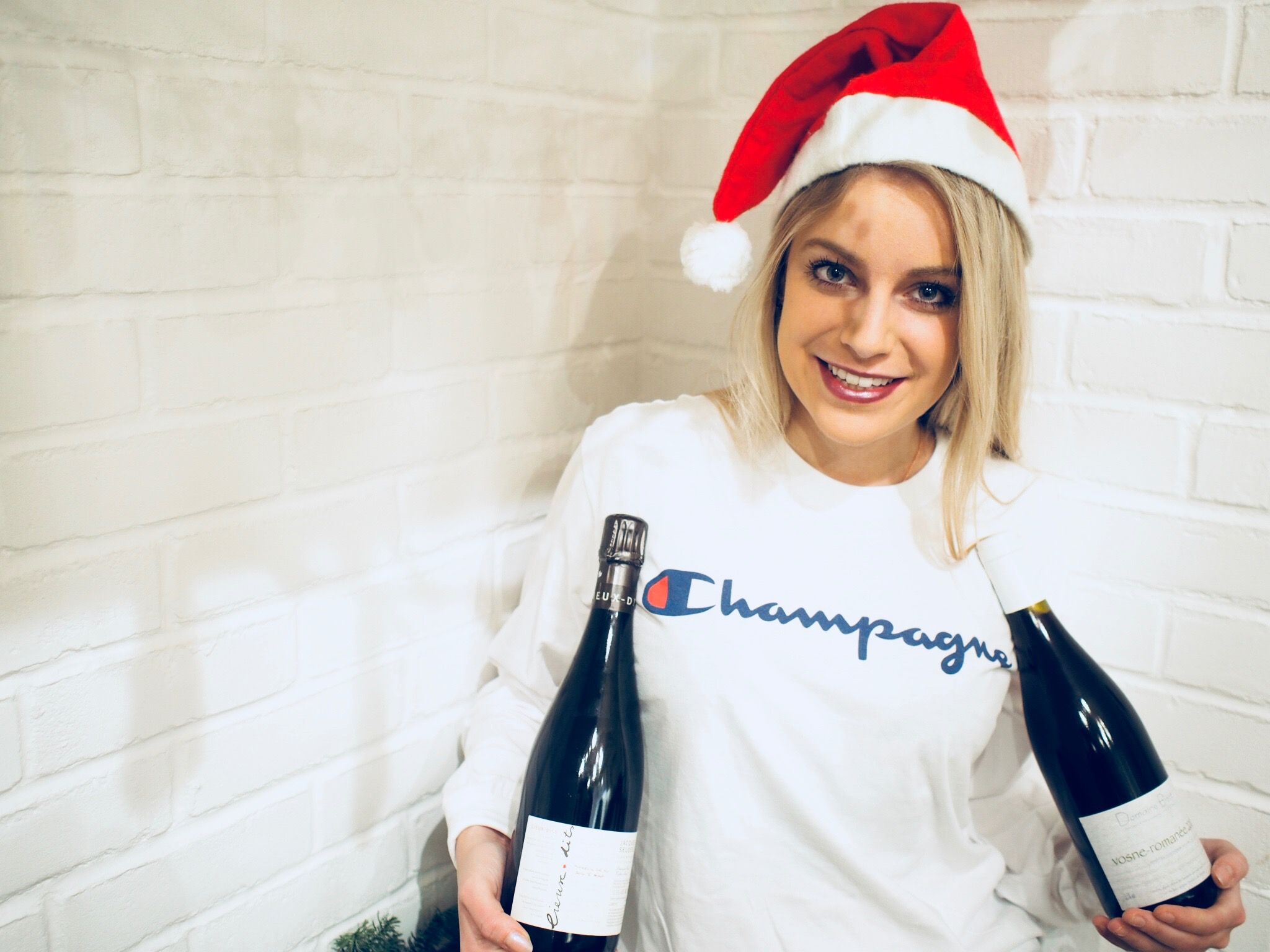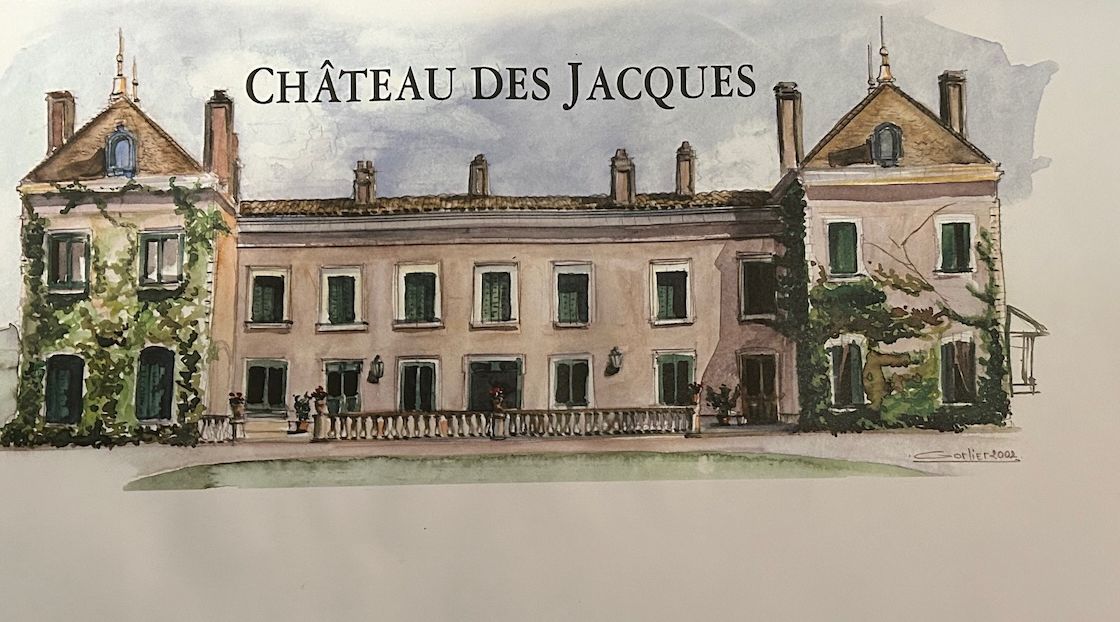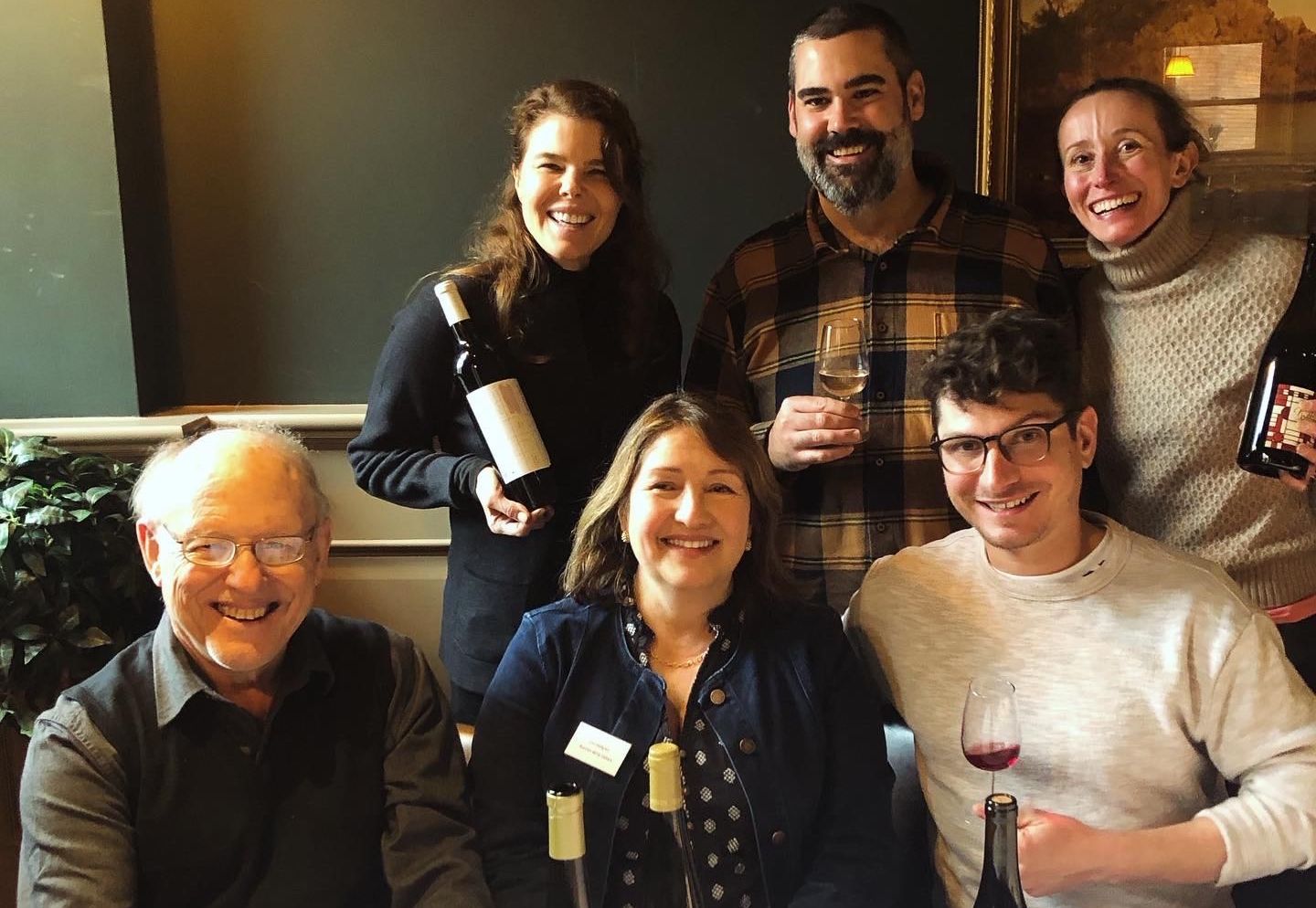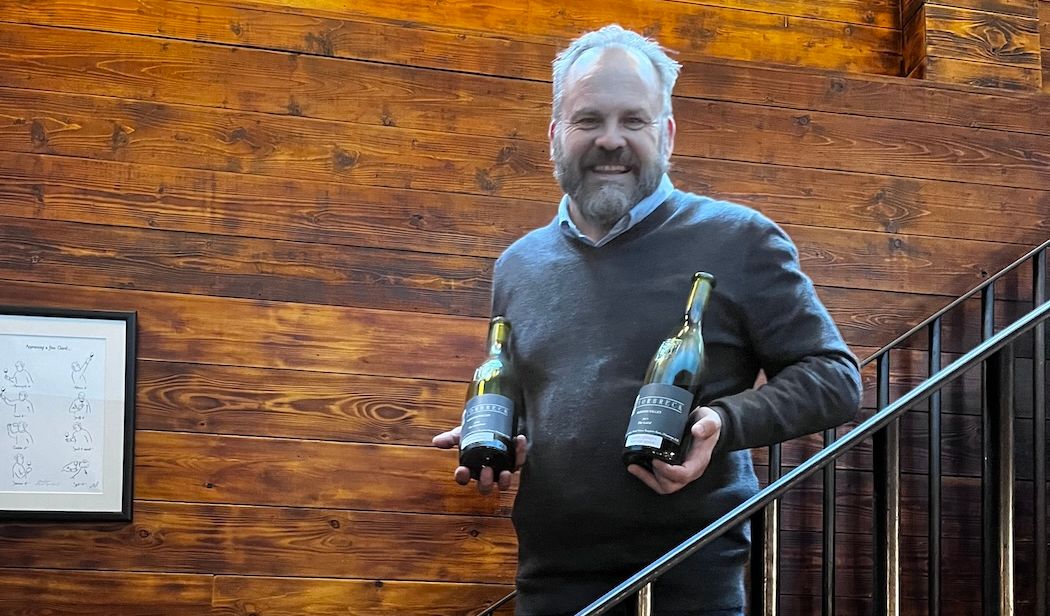My Top Wines of 2017 (sorry Peter, I lost count…)
I’ve chosen a selection of wines that, like Anne also writes in her piece here, I have drunk in situ, either in the cellar in which the wine in question was made or with friends. They’re also all wines that have inspired me, or opened my eyes in some way. There are a lot of intense adjectives in this piece, but it has been an equally intense year.
I’ve had some wonderful sparkling wines this year and it’s been the year that has really introduced me to grower Champagne, which will be a focus for me to learn about in 2018. However, one sparkling wine in particular really stood out for me.
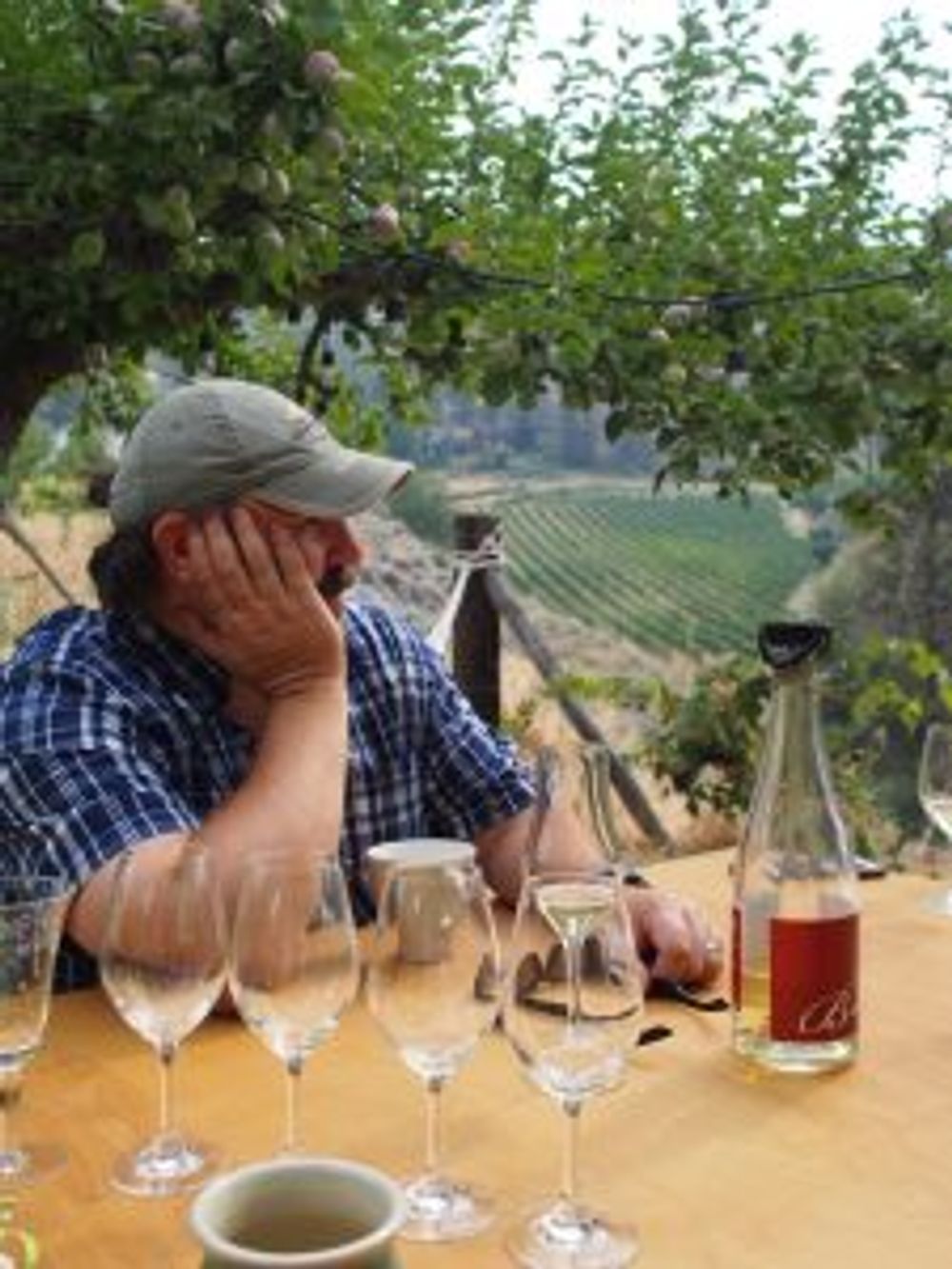
Jay Drysdale
The grower in question is Jay Drysdale of Bella Wines in British Columbia, and the wine was Gamay Noir Méthode Ancestrale, Mariani Vineyard, 2016. It’s a really profound petnat, and comes from the Gamay clone 787. Firstly, I have never been exposed to clonal studies of Gamay before, and secondly, I have never tasted a Gamay like it: instead of cranberry, strawberry and cherry, here we have honeysuckle and pure peach, with zippy bite, minerality and a sharp richness, perhaps somewhat an oxymoron but one that very much applies.
There are a couple of white wines that seemed to make the world stop. These were Silex 2005 from Dagueneau and l’angevin l’Iris 2008 from Robinot. Even giving these wines tasting notes is difficult; both possess extreme energy and life at the very core of the glass and displayed a length in the glass that I have never before come across.

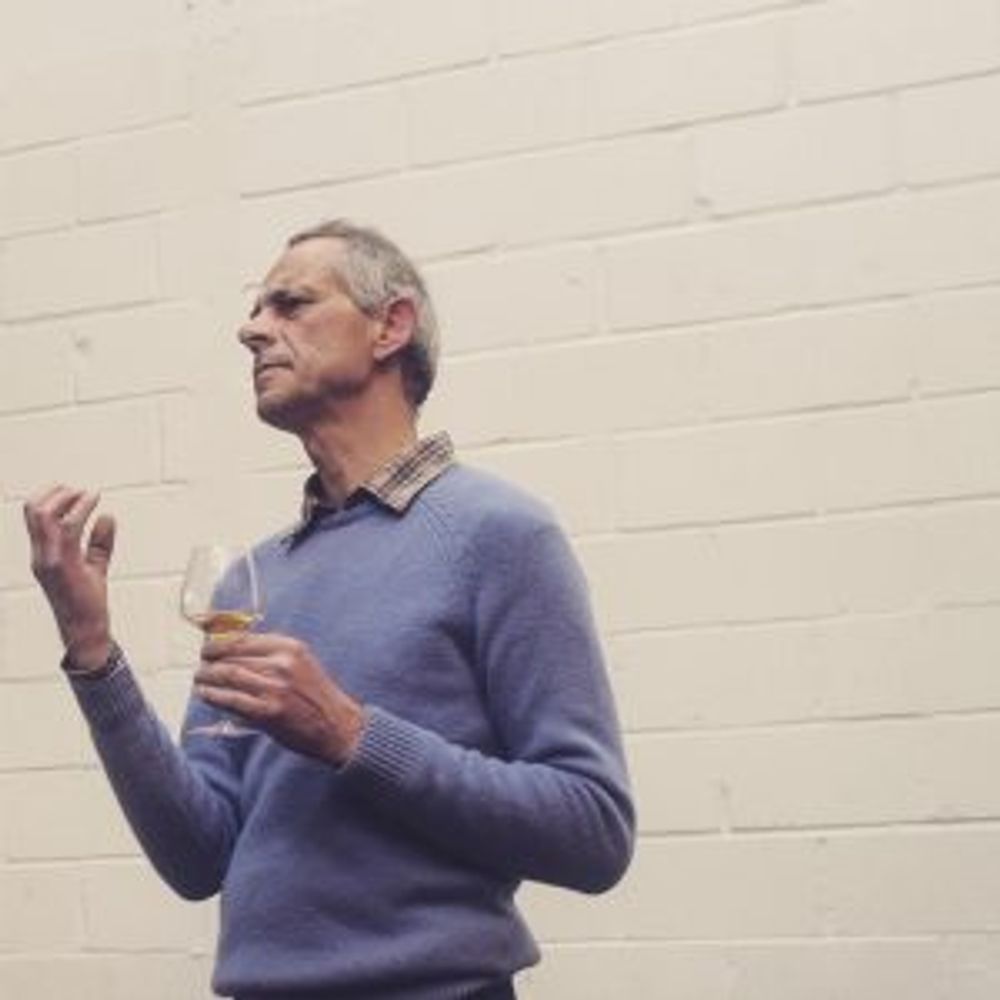
Jean-Pierre Frick
A dinner with Jean-Pierre Frick to celebrate his new book involved the most interesting and startling tasting of the year. We tasted two wines, both Steinert Grand Cru Riesling, 2012. We didn’t know the difference between them at the time. One shone extremely brightly and was full of almost crazy vitality. It seemed incredibly young. The other, however, was still good, but more waxy and most definitely showing age. It was somehow a tiny bit flat.
The grapes came from the same vineyard and the two cuvées were bottled just one hour apart. The only difference was that one saw 10 mg of SO2 at bottling; the other was bottled without any addition. The bright one was the sans sulphites wine. I had thought it would be the other way round. The cleanness and brightness of the wine sans sulphites has made me see sulphur in a totally different way. Many of my favourite producers use sulphur in significant doses and I’ll never be anti-sulphur, but it gave birth to a whole new appreciation for me.
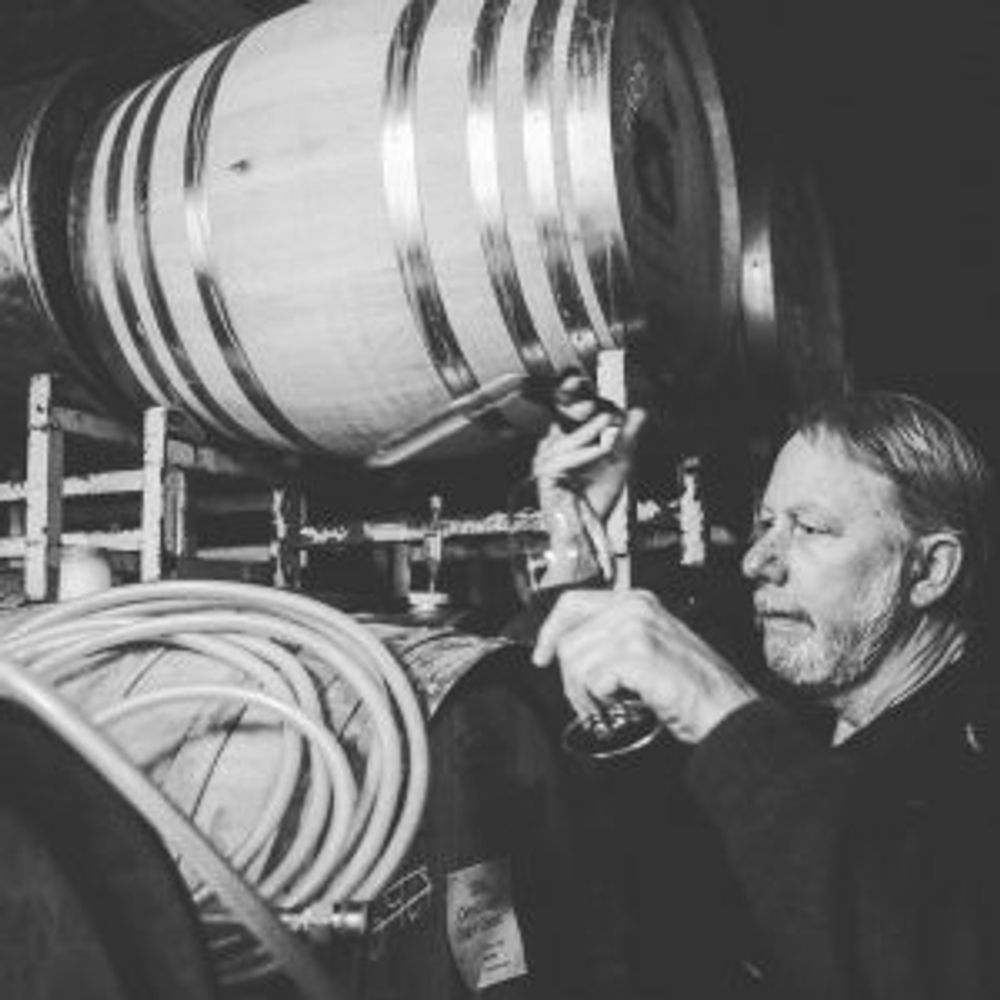
Rod Berglund
I met one of the most inspiring men I have met to date in Sonoma. His name is Rod Berglund and he makes wines at Joseph Swan. He has an unparalleled knowledge of wine in Sonoma, and his enthusiasm brims in the same way that would occur for someone who has only just discovered wine. All of his wines are phenomenal, and I was lucky to taste his skin contact Catie’s Corner Grenache Blanc from barrel. It was nothing short of amazing.

Abe Schoener
Meanwhile in Napa, I spent time with Abe Schoener tasting his beautiful creations from barrel. His wines also speak very deeply to me, in particular the wonderful expression he creates of Cinsault – as a blanc de noirs, from 180 year old vines in Lodi.
There are a few Gamays that have tapped on the door to my soul in 2017. Most recently, I tasted Rajat Parr and Sashi Moorman’s Seven Springs Evening Land Gamay 2015. It was perfumed, intense and fervently sincere. Also from Oregon, Division’s Redford-Wetle Vineyard Gamay is also brilliant.

Scott Schultz and Jaimee Motley
In addition, Scott Schultz of Jolie Laide creates a striking Gamay Noir which I loved so much that I brought one back with me, and subsequently drank it in the park with Angelo Van Dyk, Bedales manager and one of the guys whose feet stomped the grapes that created this wine. Wine is a small world, isn’t it… Meanwhile back in California, Jaimee Motley works with Scott and has begun her own cuvées, including a Mondeuse which was really, really exciting. Not only do I love Mondeuse, but hers, a barrel sample on tasting, was a dedication to what the grape can produce on Californian terroir. Also on the international Gamay bandwagon was the Gamay produced by Orofino in British Columbia, which rendered not only me but the entire group silent in awe.
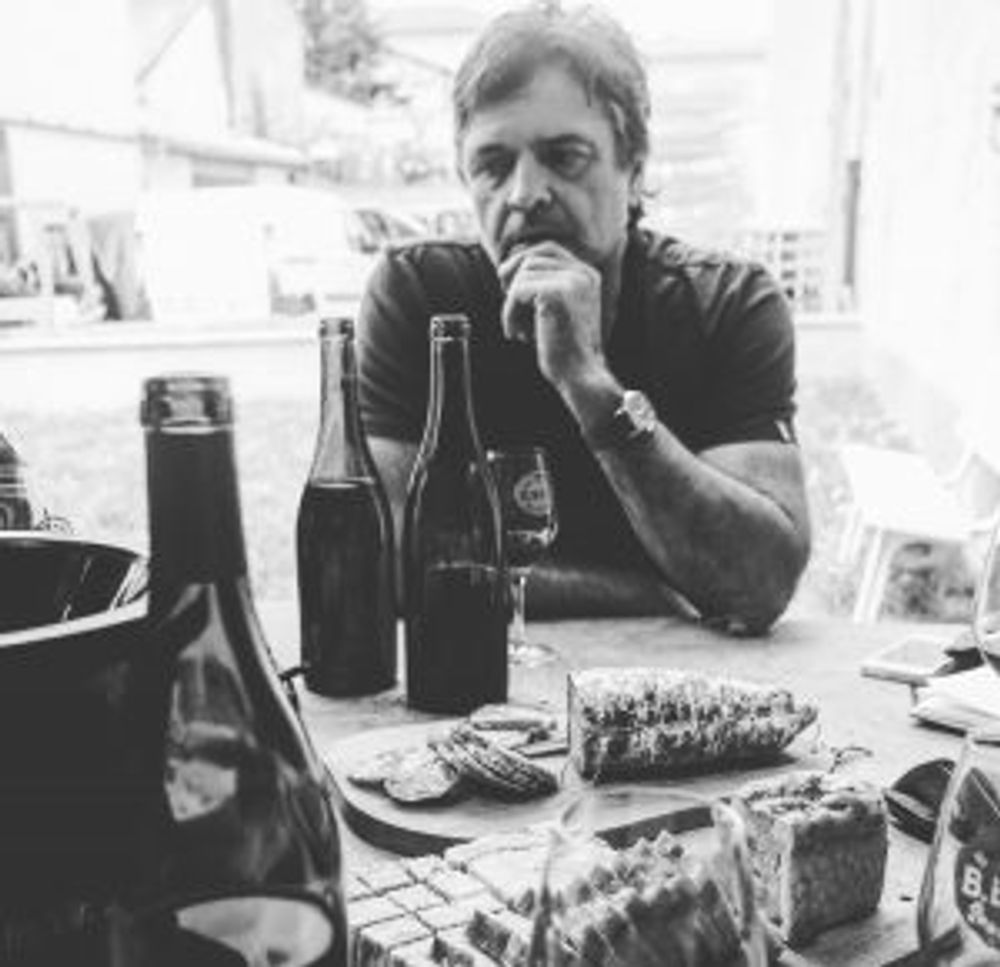
Guy Breton
From Gamay’s homeland, firstly, a 1989 Morgon from Guy Breton brought time to a standstill. Youthful and brimming with energy, none of us even came close to the year. 1989 was Guy’s second ever vintage, and it was made sans sulphites. I’ve never tasted a Gamay like it before, and I might never again, unless I am lucky enough for him to open another at some point in my life.
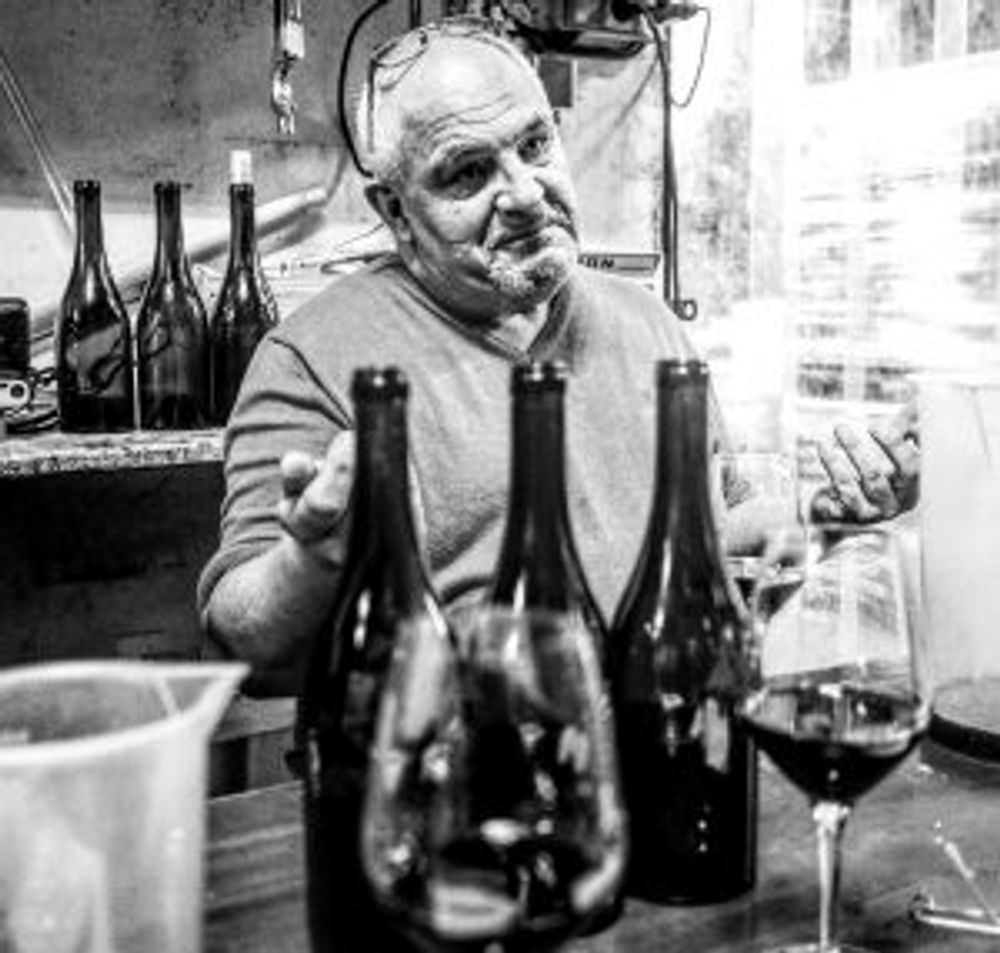
Fabien Duperray
Secondly, visiting Fabien Duperray from Jules Desjourneys was awe-inspiring and shows what Gamay can be. He is an exceptional biodynamic winegrower and winemaker. His Fleurie, Les Moriers, 2015 in particular was, for Gamay, the equivalent of a peacock showing its feathers.
I visited Plaimont in Gascony again, twice this year. Seeing their ampelographic work, which includes rediscovering and bringing back long-lost indigenous grape varieties such as Tardif and Manseng Noir, working with pre-phylloxera vines and with wild vines – vitis lambrusca, is hugely inspiring.
A trip to Sicily saw me spend time with Frank Cornelissen and Arianna Occhipinti, both of whom create wines that are very important to me.

Mick Craven, Christina and Imogen Taylor at the New Wave South Africa tasting, London
The New Wave South Africa tasting, or should I say South Africa week, was the tasting of the year for me. There are quite simply too many wines to list. The country displays some of the most terroir-driven and exciting wines of the new world, and the people are amongst some of the loveliest I have met. I am planning a trip in March and to say I am excited would be a huge understatement.
I have organised many tastings this year, but one that really stood out for me was Southern Wine Roads’ portfolio tasting which we held at Sager + Wilde on Paradise Row. They have such a wondrous selection of wines, and Dalamara’s Paliokalias Xinomavro was one of my favourite red wines of the year.
Burgundy… where do I begin? This region will always be special for me as it’s where it all began. I returned for the first time since I lived there in 2013, and visited some wonderful people. I wish I could list all of their wines because they were all full of beauty and finesse. It has firmly solidified my love for the region and I will return every year from now on. It really is a pilgrimage.
It is the first time that I have come across the wines of Jean-Yves Bizot, who I visited on recommendation of Fabien Duperray. We tasted with his assistant winemaker Thomas Berry, and the wines blew me away. A producer that combines very short pruning and letting the apex grow, with very gentle winemaking and minimal sulphur, with new oak that is used predominantly to maintain cleanliness for low sulphur wines (and that somehow does not show at all), creates stunning wines.

Cellars at Chavy-Chouet
Furthermore, I sat on a balmy summer’s night with the lovely Diana and Jeremy Seysses of Dujac, and enjoyed their Puligny Montrachet Les Colombettes 1er Cru 2014, a Gevrey Chambertin aux Cambottes 1er Cru 1990 and a striking 1998 Morey-Saint-Denis. I tasted from barrels in the Henri Gouges cellars with the wonderful Pierre Gouges, tasted extensively at Domaine Arlaud, and visited Amélie Bertaut in Fixin and Romaric Chavy-Chouet in Meursault, both of whom are some of the most young talent in the region. Finally, I also got to taste the wines of Vanguardist, a project that one of my dear Burgundian friends, Edouard Maurriset Latour, is involved with. Hailing from Australia, the wines are full of depth and texture, and they have something very special. This was a pretty emotional moment for me.
Not in Burgundy, but in London, I tasted two Mugneret-Gibourgs side by side. Nuits-Saint-Georges 1er Cru Les Chaignots 2004, and Ruchottes-Chambertin Grand Cru 2009 were, if one can ever use such a descriptor for wine, perfect. They embody the reason that I do not score wines in my tasting notes.
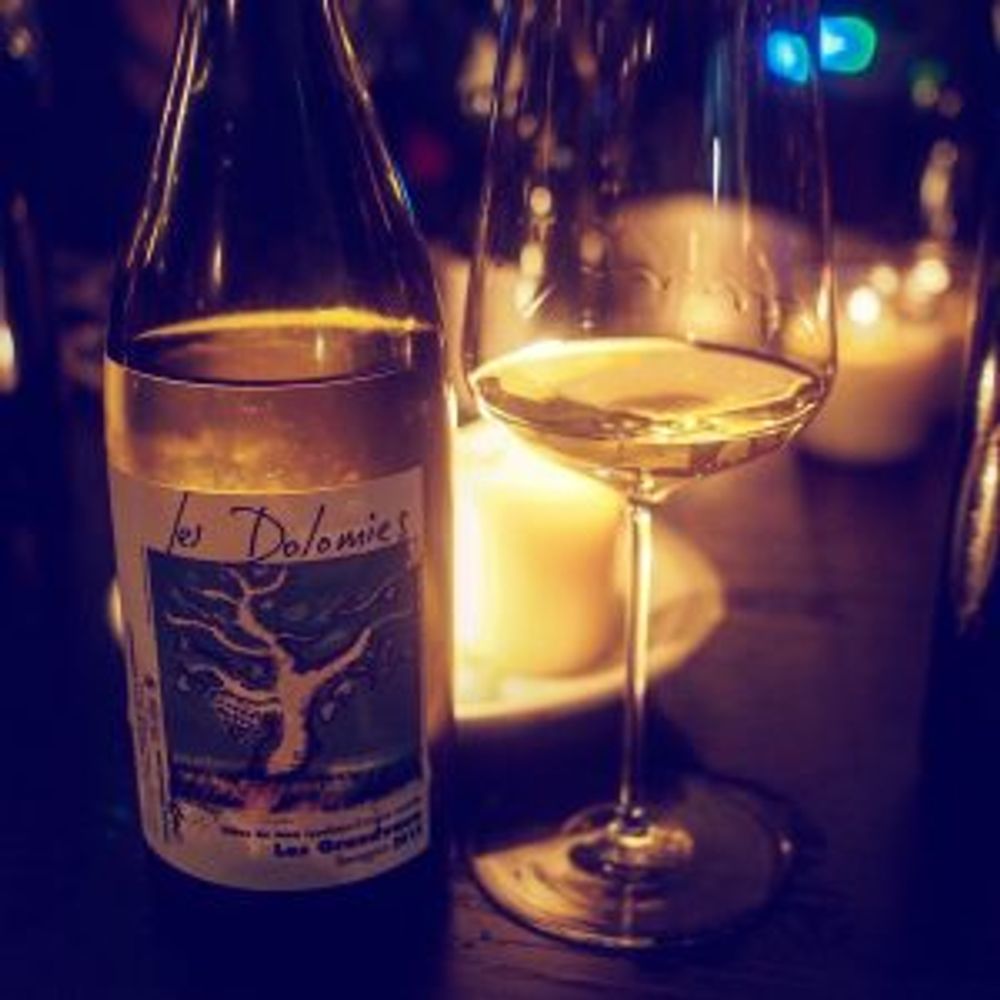
Of similar ‘perfection’ status in my mind, my birth year Hermitage Blanc from Guigal (1991), Thierry Allemand’s Cornas Reynard, from magnum (2000), Barolo Colonnello, Poderi Aldo Conterno 2011, Gilles Berlioz’s Mondeuse 2014 and Les Dolomies ‘Les Gradvaux’ Savagnin 2015 managed to all encapsulate my love for wine in a bottle.
… and I think that’s it, a few hundred words above my word limit.
2017, it’s been enlightening – thank you for all the winemakers who have made the above possible.
